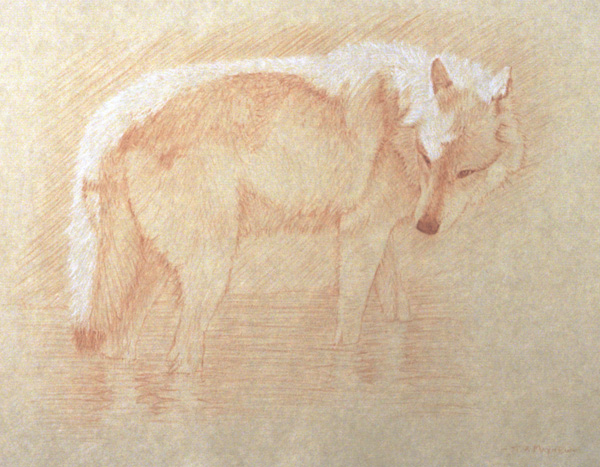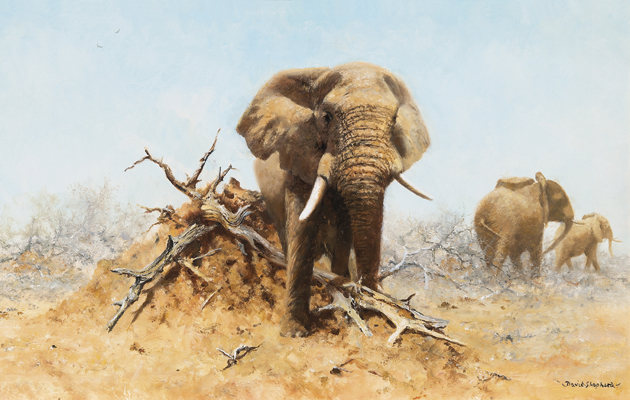As I work with other silverpoint artists on finding exhibition venues for contemporary silverpoint drawings, I have had the luck and pleasure to "meet" some truly wonderful artists, even if we have not met face to face. Since, by definition, drawing in silver requires a very sure hand and an appreciation of subtleties of light, form, composition – these artists are good draughtsmen and women. It is fascinating to see the hugely diverse use of this medium, both in technique and content, especially considering that the technical parameters of silverpoint are narrower and much less flexible than, say, graphite.
One artist friend who deservedly has been garnering much success with his drawings is Timothy David Mayhew. Whilst he does the most magnificent paintings of animals and birds, as well as wonderful small plein air landscapes, it is his drawings that I find breathtaking. Elegant in the extreme, they are done with a variety of old master media and techniques that Timothy painstakingly researched and reconstructed for his personal use. Nature is his master and inspiration. Ever since I first got to know him a little, he has alluded to time spent in different - and often difficult - environments, where he hikes and observes, following animals and birds in their own habitat. The resultant artwork, often done in the field, rings true, because he knows his subject intimately.
Four studies of a black-crowned night heron, Timothy Mayhew West, (Image courtesy of the Museum of Wildlife Art)
Timothy frequently wins both kudos and awards. Recently, for instance, at the National Museum of Wildlife Art, during the "Western Visions" exhibition, he was awarded the Robert Kuhn Award for a drawing entitled Study of a Gray Wolf wading in Water, a natural red chalk drawing. It was apparently a double delight for him as Bob Kuhn had been his friend and mentor, introducing him to drawing live animals together in studio and zoological settings.
Timothy David Mayhew, Right side study of a gray wolf wading in water, natural red chalk and natural white chalk, (Image courtesy of the artist)
Drawing Nature, in all its aspects, is always fascinating but extremely challenging. It requires endurance - there are always insects, heat, wind, sun, rain and humidity, difficult terrain, or a combination of them to deal with! Living creatures don't just stay obligingly still and in view. One needs to work quickly when opportunity presents itself. Once one has got organised on these aspects of art-making, it is often nothing short of a miracle to produce a work of art of consequence. Particularly one that is in silverpoint/metalpoint, chalk or any of the demanding and unforgiving media that Timothy uses.
It is well worth checking out Timothy David Mayhew's work. His drawings sing.



